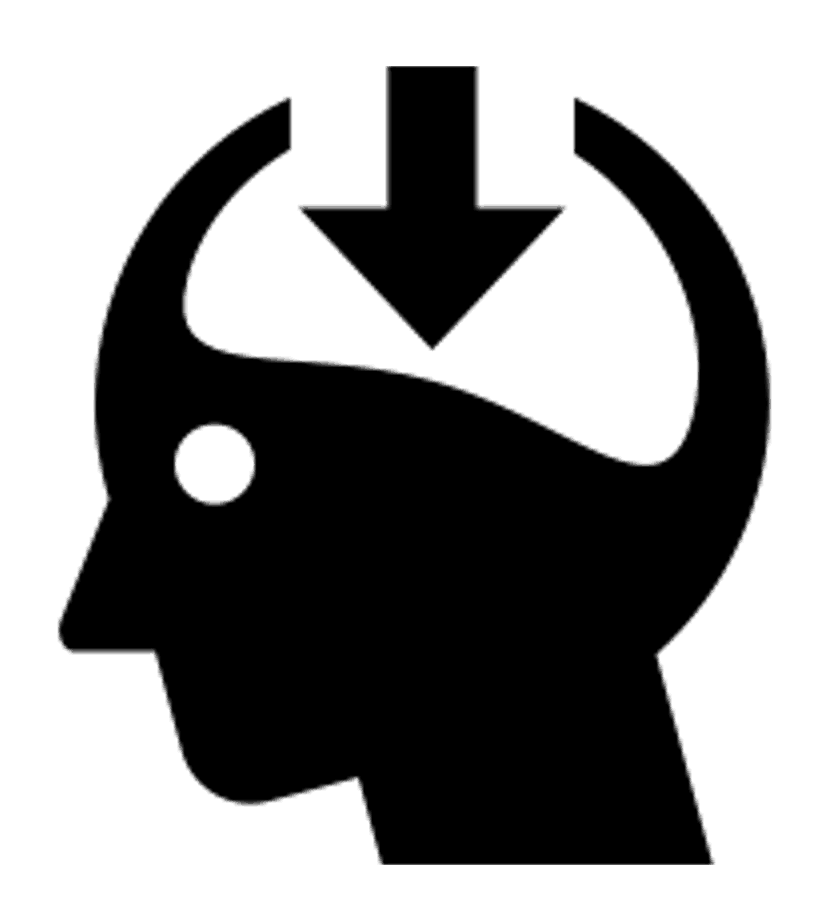IntroductionEnterprises are realising how important it is to ``know what they know'' and be able to make maximum use of the knowledge. This is their corporate knowledge asset. These knowledge assets reside in many different places such as: databases, knowledge bases, filing cabinets and peoples' heads and are distributed right across the enterprise. All too often one part of an enterprise repeats work of another part simply because it is impossible to keep track of, and make use of, knowledge in other parts. Enterprises need to know:Most traditional company policies and controls focus on the tangible assets of the company and leave unmanaged their important knowledge assets. Definition of Knowledge ManagementKnowledge assets are the knowledge regarding markets, products, technologies and organisations, that a business owns or needs to own and which enable its business processes to generate profits.Knowledge management involves the identification and analysis of available and required knowledge, and the subsequent planning and control of actions to develop knowledge assets so as to fulfil organisational objectives. Why is Knowledge Management ImportantThe success of businesses in the 1990's in an increasingly competitive marketplace depends critically on the quality of knowledge which those organisations apply to their key business processes. For example the supply chain depends on knowledge of diverse areas including raw materials, planning, manufacturing and distribution. Likewise product development requires knowledge of consumer requirements, new science, new technology, marketing etc.The challenge of deploying the knowledge assets of an organisation to create competitive advantage becomes more crucial as: Why is Knowledge Management DifficultThere are many problems associated with finding out these knowledge assets and being able to use them in an efficient and cost-effective manner. Enterprises need:Knowledge engineering methods and tools have come a long way towards addressing the USE of a company's knowledge assets, They provide disciplined approaches to designing and building knowledge-based applications. There are tools to support the capture, modelling, validation, verification and maintenance of the knowledge in these applications. However these tools do not extend to supporting the processes for managing corporate knowledge. However, we believe that the knowledge modelling techniques that exist to support the use of the knowledge, along with traditional physical assets management techniques, provide a starting point to manage fully the knowledge assets within a company. How to Manage KnowledgeKarl Wiig described three "pillars" for knowledge management: survey and categorise knowledge; appraise and evaluate value of knowledge; and synthesise knowledge related activities. Recent work from the University of Amsterdam (Robert van der Speck and Robert de Hoog) increased this to four, focusing on the activities of conceptualising, reflecting, specifying and reviewing.Knowledge management covers the following: Source: Ann Macintosh, Artificial Intelligence Applications Institute, University of Edinburgh |
 Hari Srinivas - hsrinivas@gdrc.org Hari Srinivas - hsrinivas@gdrc.orgReturn to the Knowledge Management Page |